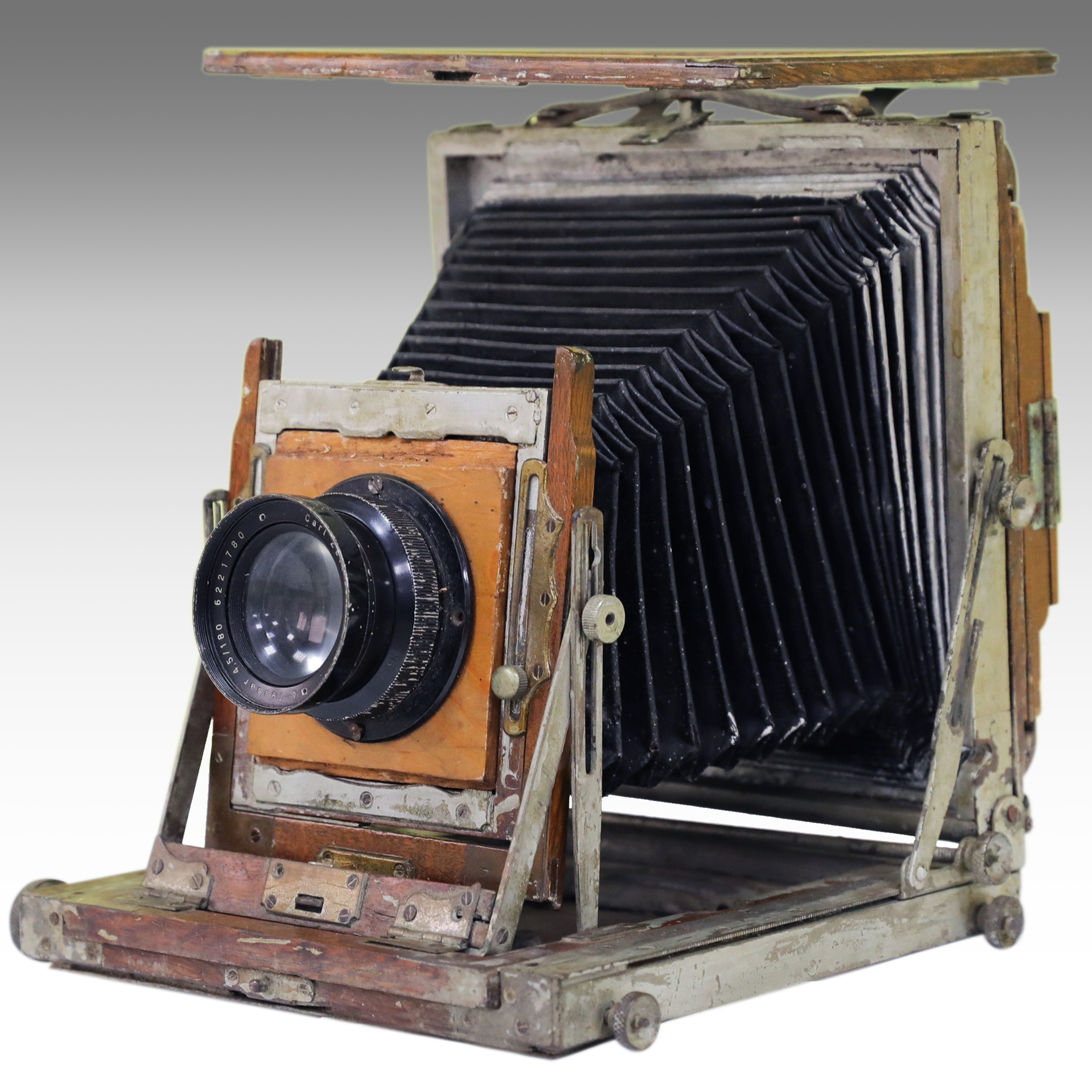The invention of the camera was a pivotal moment in human history, revolutionizing the way we capture and preserve moments in time. While the concept of capturing images dates back to ancient times with the camera obscura, the journey to the mechanical camera involves a series of innovations and inventors. Understanding the timeline of the camera’s invention provides insight into how this remarkable piece of technology has evolved.
The Foundations of the Camera
The Camera Obscura: An Ancient Principle
Discoverers unveiled the basic concept of projecting images through the camera obscura long before the invention of the mechanical camera. ‘Camera obscura’ translates to ‘dark chamber’ in Latin. Chinese philosopher Mozi first observed this phenomenon in the 4th century BC. The great Arab scholar Alhazen described it further in the 10th century AD. The camera obscura is a natural optical phenomenon. It projects an image through a small hole from one side of a screen or wall. The image is projected onto a surface in a dark room. This results in an image that appears inverted and reversed.
Refining the Camera Obscura: From Leonardo to the Renaissance
The camera obscura was refined during the Renaissance when artists used it as a tool for accurately rendering perspectives in their drawings and paintings. Notable figures like Leonardo da Vinci provided detailed descriptions of this device in his Codex Atlanticus (circa 1502). The portable versions that emerged during this period paved the way for future developments, leading to the eventual invention of the photographic camera.

The Birth of Photography
The First Photograph: Joseph Nicéphore Niépce’s Contribution
The invention of the camera as we understand it is typically credited to Joseph Nicéphore Niépce, a French inventor who successfully captured the first permanent photograph. In 1826 or 1827, Niépce used a camera obscura fitted with a pewter plate coated in bitumen of Judea (a type of asphalt) which hardened upon exposure to light. The plate was then washed with a mixture of oil of lavender and white petroleum, removing the unhardened bitumen. This process, which he called ‘heliography,’ produced an image titled ‘View from the Window at Le Gras,’ the first known photograph.
Daguerreotypes and the Popularization of Photography
After Niépce’s death, his partner Louis Daguerre continued to experiment and improve upon these early techniques, leading to the creation of the daguerreotype process. In 1839, Daguerre announced this new method, which reduced exposure time and created sharper images. The daguerreotype, which required a silver-coated copper plate treated with iodine vapor to create a light-sensitive surface, was the first practical and commercially successful photographic process and marked the beginning of the photographic era.
Technological Advancements and the Modern Camera
The Progression to Film and Beyond
The transition from metal- and glass-based photography to film was another significant step forward. George Eastman, the founder of Kodak, played a major role in this transition. In 1888, Eastman introduced the Kodak camera, pre-loaded with a roll of film capable of capturing 100 exposures. This camera brought photography to the general public, as it was relatively simple to use and did not require users to handle chemicals or plates. Eastman’s slogan, “You press the button, we do the rest,” encapsulated the ease of this new form of photography.
The Digital Revolution and the Cameras of Today
The final leap in camera evolution came with the advent of digital photography. Kodak engineer Steven Sasson likely developed the first true digital camera that could record images as a computerized file in 1975. However, it was not until the late 1980s and 1990s that digital cameras became commercially available to the public. Today, digital cameras are ubiquitous, found in everything from professional DSLR setups to mobile phones, allowing billions of people to capture and share images instantly.
The journey of the camera spans centuries, from the camera obscura to the modern digital camera. This invention reflects humanity’s unceasing desire to record and preserve our experiences. The camera has fundamentally changed how we view the world. Its history demonstrates that innovators build upon the foundations established by our predecessors.As the camera continues to advance, it guarantees that we will always have the tools to document history. We capture history one image at a time with the evolving camera.